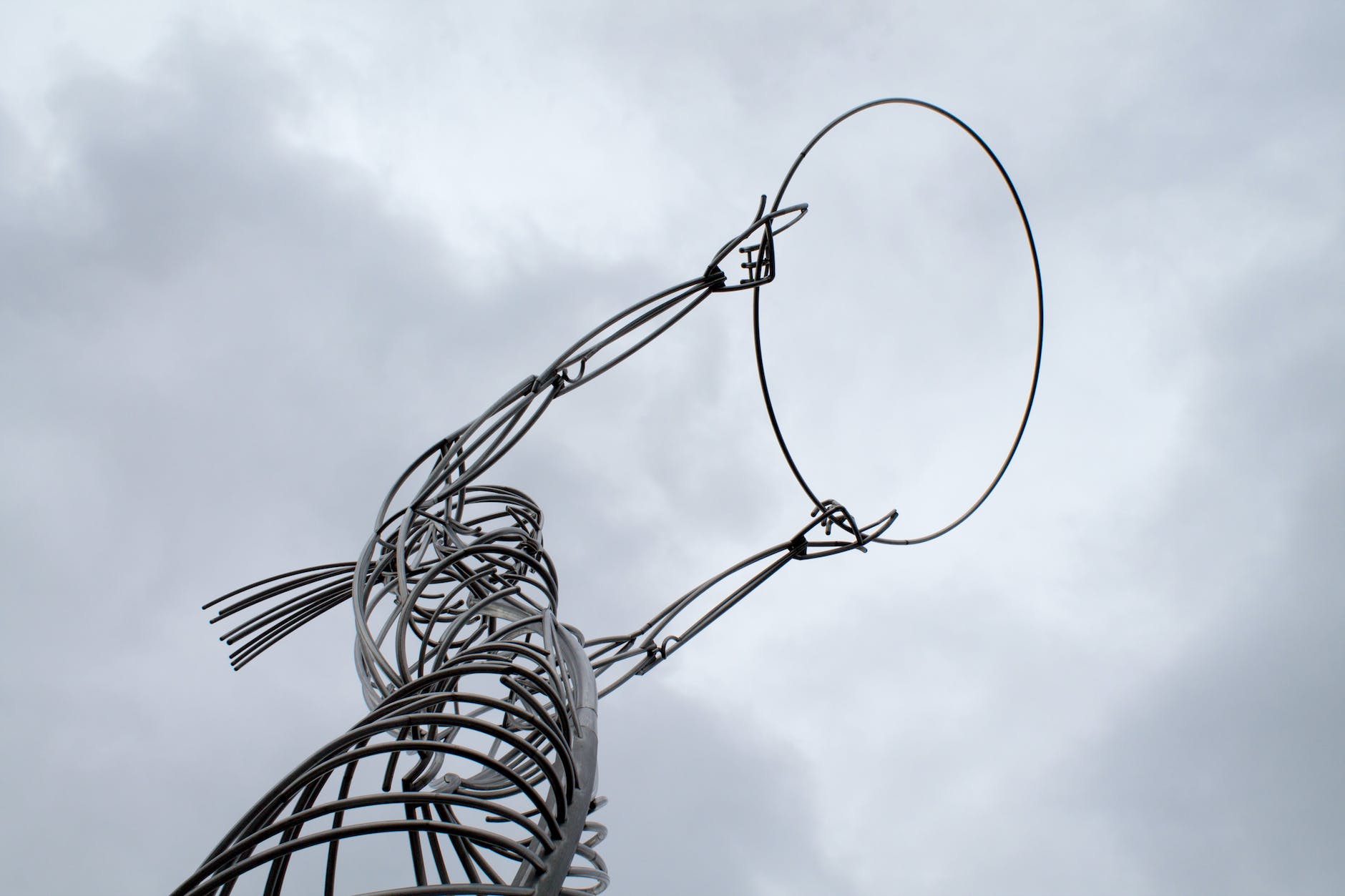Sculpture as an Educational Tool: Learning through Three-Dimensional Art
Beyond artistic expression, thoughtfully created sculptures provide versatile tools for conveying information memorably. Their hands-on nature, graspable scale, and tangible qualities engage audiences, especially young learners. With ample creativity, themed sculptures make academic topics from history and science to social issues spring to life in an accessible experiential mode that inspires curiosity and resonance.
Sculpting Historical Lessons
Artworks teach about people, cultures and events:
- Historic figure busts and full statues provide relatable visuals to complement facts through posture, clothing, accessories.
- Dioramas render historical settings in miniature three dimensions like ancient battlefields or marketplaces full of period artifacts.
- Relief maps give physical geography lessons an interactive angle, tracing borders, landmarks and topography.
- Recreated artifacts and tools provide primary source connections to past daily life.
Explaining Scientific Principles
Sculptures make abstract concepts tangible:
- Planetary models provide graspable representations of relative scale and orbits.
- Botanical and anatomical sculptures reveal biological structures enlarged for inspection.
- Kinetic sculptures demonstrate principles of physics, engineering, robotics visually.
- Cross-section reliefs open up views inside geological forms, engines and more.
- Timelines rendered in long sculptural friezes map evolutions and chronology physically.
Promoting Causes Creatively
Art fosters connections to social issues:
- Figurative pieces put faces to homelessness, imprisonment and other struggles, building empathy.
- Environmental sculptures made from recycled materials spotlight sustainability.
- Participatory community projects bring people together across cultures.
- Sculpted objects reimagined from weapons into flowers inspire pacifism.
- Public monument proposals voice overlooked narratives and make change visible.
Making concepts tangible through hands-on sculptural teaching tools engages minds simultaneously on intellectual and sensory levels for more impactful comprehension. Creativity coupled with intent makes sculpture a powerful pedagogical aid.
